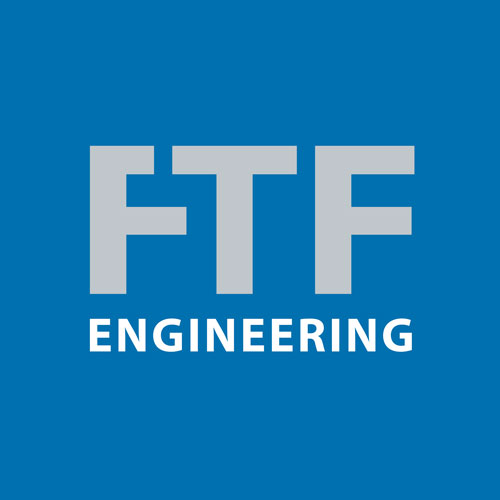
Randy Collins, S.E.
Founder, Principal
What has been your most rewarding professional experience?
Growing a company. For more than twenty years, my “design project” has included engineering projects for clients and designing the business of FTF. I love building and construction, and I love growth — both personal and professional growth for myself and for those around me. I have a passion for building a company that thrives on collaboration and respect — internally and externally.
How does an owner’s business mission affect how you engineer their buildings?
The owner’s mission should drive the project. Some engineers and firms know this, and their practice can provide a wide range of design services that are customized to individual projects. At FTF, we get most excited when we get to truly partner with an owner — helping them understand structural and earthquake engineering and how it affects their business goals and operations, and advising them where “code minimum” will meet their objectives, and where a more robust solution is warranted.
What has been your most rewarding professional experience?
Growing a company. For more than twenty years, my “design project” has included engineering projects for clients and designing the business of FTF. I love building and construction, and I love growth — both personal and professional growth for myself and for those around me. I have a passion for building a company that thrives on collaboration and respect — internally and externally.
How does an owner’s business mission affect how you engineer their buildings?
The owner’s mission should drive the project. Some engineers and firms know this, and their practice can provide a wide range of design services that are customized to individual projects. At FTF, we get most excited when we get to truly partner with an owner — helping them understand structural and earthquake engineering and how it affects their business goals and operations, and advising them where “code minimum” will meet their objectives, and where a more robust solution is warranted.
About
Founded FTF in 2002
Recipient of a University of California, Berkeley Regent’s Fellowship
Magna Cum Laude graduate from UC San Diego
Projects: Single Family Residential, Commercial, Historic Preservation, Seismic Retrofits
Education
MS, Civil Engineering, Structural Engineering, University of California, Berkeley
BS, Structural Engineering, University of California, San Diego
Licenses and Certifications
Structural Engineer, California, Hawaii
Civil Engineer, California
Professional Activity
AISC, Member
ASCE, Member
SEAONC, Director and Secretary of the Board, Existing Buildings Committee
Berkeley Task Force on Exterior Elevated Elements, Delegate
City and County of San Francisco Department of Building Inspection – Community Action Plan for Seismic Safety, Member, and Private School Seismic Safety Committee, Member
Other Activities
Spending time with my wife, children, and extended family.
Enjoying the beauty of the Bay Area by car, bike, or foot.
Fishing, crabbing and pleasure cruises on SF Bay.
Volunteering and supporting our church and community.
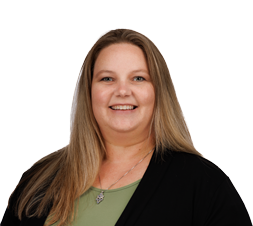
Jillian van Enckevort, S.E.
Principal
What has been your most rewarding professional experience?
Seeing the first structure I designed and be constructed from start to finish. What started as a paper sketch and developed as a collaboration among the design team emerged as something tangible to show friends and family. Now working as a mentor, I get to see that excitement on the faces of young engineering staff as their buildings emerge from the ground.
How can a good structural engineer make a difference?
A mentor of mine once told me that a surgeon may save a couple hundred patients a year, but with each well-designed building that does not collapse in an earthquake, a structural engineer will have saved thousands. While I am not ready to pat myself on the back just yet, creating safe buildings that will protect their inhabitants before, during and after a seismic event is what excites me the most about structural engineering.
About
Joined FTF in 2015
Daughter of a general contractor
Has designed launch sites and satellite processing facilities on several Air Force bases
Projects: Residential, Commercial, Hospitality, Government, Historic Restoration, Retrofits
Education
BS, Architectural Engineering, California Polytechnic State University, San Luis Obispo
Licenses and Certifications
Structural Engineer, California
Civil Engineer, California
Professional Activity
ASCE, Member
ICC Central Coast, Member
NAWIC, Member
SEAOSC, Member
Other Activities
Spending time with family
Helping with my daughter’s homework
Being a Soccer Mom
Volunteering with my local Girl Scout troop
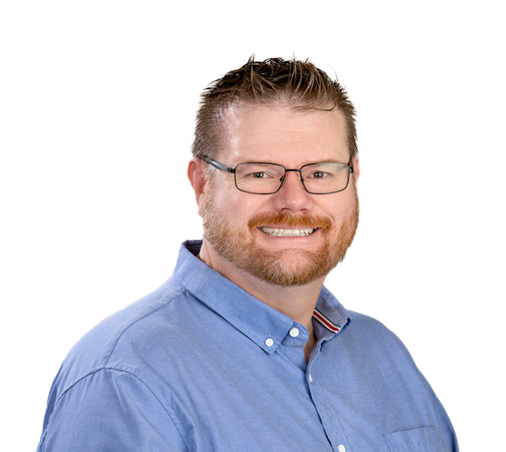
William Korger, S.E., LEED AP
Senior Associate
What has been your most rewarding professional experience?
While it is rewarding to collaborate with owners and architects to turn their visions into buildings with sound structural backbones, it is not too often in your professional career that you see your designs perform at design level forces. Approximately one year before the Napa earthquake I was fortunate enough to work on an existing structure near Downtown Napa which partially served as temporary housing for at-risk families. The structural scope of the project included replacing the near century old stone foundation and basement walls with new reinforced concrete walls and foundations as well as plywood shear wall retrofits. After the Napa Earthquake, I was able to squeeze in a site visit on my own time to check on this important building in between the numerous building structural reviews we were contracted to complete at the time.
I was able to see that the building I retrofitted as well as a neighboring building that had also received critical cripple wall seismic upgrades, sustained relatively minor cosmetic damage. Unfortunately, another neighbor’s home of similar construction and age was red tagged because it had slid off its original stone foundations. I can easily say this was one of my most rewarding professional experiences.
How do you create value for clients (owners and architects) through structural (and civil) engineering?
Value is created by being proactive in the conceptual and even the proposal phase of a project. True value is not just designing the most efficient beam or smallest anchor. It is discussing and understanding the architect’s and owner’s priorities from the beginning to develop early structural design alternatives. If cost is the main priority, suggesting modest layout and alignment revisions to drive construction to a less expensive building material aids in achieving the target value. If schedule is the main priority, utilizing the same members and connections could be the key to achieving the target value. There may be some material cost increase because of the more standardized gravity and lateral design, but in the end the project will benefit from the repetitive nature of the design. Another way I have contributed to schedule goals is providing more conservative early design before all the finishes and MEP systems are selected allowing large steel sections to be ordered well in advance of permit submittal to manage long lead times. In those special projects where the architect’s and owner’s aesthetic vision is the main driving value for the project, providing more focused and extensive design addressing multiple varied conditions with multiple structural materials and lateral systems is likely the key to achieving that value. Since every project is as unique as its owner and architect, knowing the clients’ project goals and priorities is the key in bringing structural value to the team.
About
Joined FTF in August 2023
Son of Scaffolder and Carpenter Union Member
Professional Structural Engineer in California
Experience: Structural engineering, structural analysis, and seismic design
Projects: Residential, Commercial, Hospitality, Healthcare, Education, and Art Installation Projects
Education
BS, Civil Engineering (Summa Cum Laude) with Emphasis in Structures, Minor in Business, California Polytechnic State University in San Luis Obispo, 2004
Licenses and Certifications
Structural Engineer, California
Civil Engineer, California
LEED AP
Professional Activity
Lean Construction Institute (LCI), Member
SEAONC, Member
Homes for Sonoma, Structural Lead
Other Activities
Redwood Empire CANstruction, Team Leader
Occasional Soccer Coach
Tennis
Disc golf. Far from professional (finishing dead last in intermediate division at Santa Cruz’s DeLaveaga Tournament in 2015)

Skye Garrison, P.E., S.E.
Associate
How do you create value for clients through civil and structural engineering?
I view projects that I work on as if they were my own by asking myself, “If this were my house, or my yard, what would the best design to achieve the vision?” In doing so, I always have a client’s best interest in mind and am able to provide a solution tailored to them, not just a “one-size-fits-all” solution.
How can a good structural engineer make a difference?
Good engineering is like a good set of directions. Say you buy a piece of exercise equipment, and it comes in a box with 25 different parts and 3 different bolt sizes. Some people try and put it together without the directions or with poorly crafted directions, and they may end up redoing steps because they were connected in the wrong order or with the wrong bolt. However, with a good set of directions, it is easy to follow the steps and it takes less time to assemble. The same is true for a structure; the better the plans, the smoother and faster the construction.
About
Joined FTF in 2015
Has extensive experience with projects on California’s Central Coast
Projects: Single Family Residential, Hospitality, Religious, Commercial, Industrial, Advanced Structural Analyses, Seismic Retrofits
Education
MS, Civil Engineering, California Polytechnic State University, San Luis Obispo
BS, Civil Engineering, California Polytechnic State University, San Luis Obispo
Licenses and Certifications
Structural Engineer, California
Civil Engineer, California
Professional Activity
ASCE, Member
SEAONC, Member
Other Activities
Helping my husband with our nonprofit Christian ministry
Gardening
Working on arts and craft projects
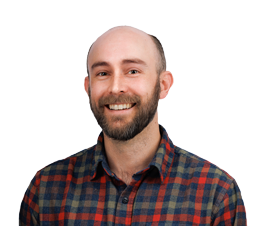
Eric Bateman, P.E
Associate
What is something that comes up in your work that people often overlook but makes a big impact on how buildings perform?
A building’s future use is an issue that can have big impacts on how it ultimately performs. Owners and design teams who understand current and potential future uses before the design process starts are far ahead of the curve and can accommodate for a wider range of circumstances.
What do you think is the most important part of the quality control process? What is your favorite part? What gets overlooked?
The most important part of the quality control process is to make sure that construction documents are up to our standards. Providing FTF quality standards helps see that the building has not only good design, but good detailing as well. Catching errors early can help mitigate problems later on and save owners and project teams a lot of time and money.
About
Joined FTF in 2018
Worked for 5 years in the San Diego area before moving to the Central Coast
Projects: Commercial, Health Science, Government, Civic, Education, Zoological, Renovations, Tenant Improvements
Education
MS, Architectural Engineering, California Polytechnic State University, San Luis Obispo
BS, Architectural Engineering, California Polytechnic State University, San Luis Obispo
Licenses and Certifications
Civil Engineer, California
Other Activities
Hanging out with my wife and dog
Hiking
Playing soccer and golf
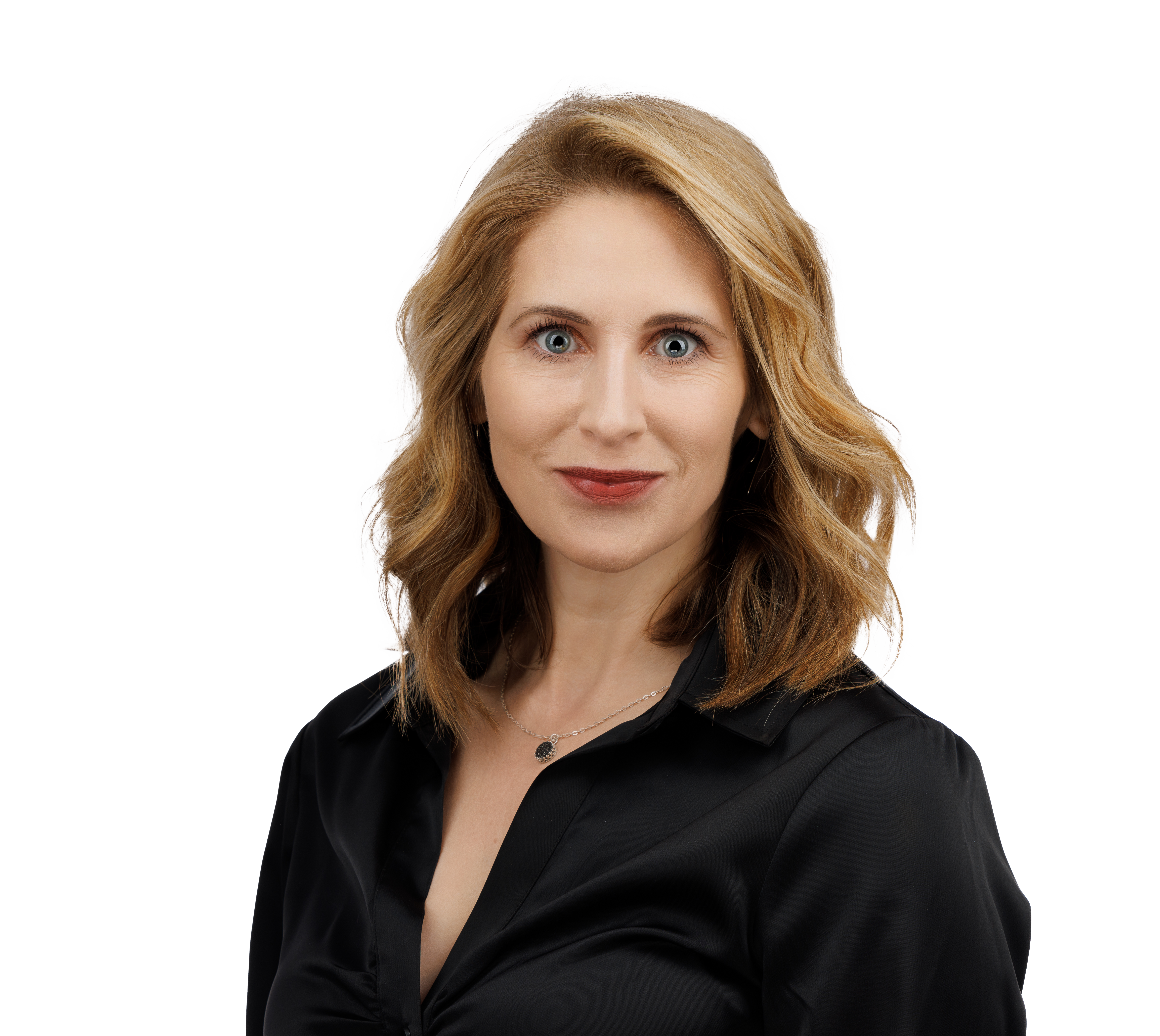
Shannon Z. Collins
Business Development Director
What has been your most rewarding professional experience?
Being involved with the growth of FTF for over 20 years! I have worked with the firm behind the scenes and now “on the front line”, promoting FTF’s projects and engaging with clients and industry partners. Currently, business development and marketing are my sweet spots, leveraging my previous career experience, promoting/marketing FTF’s experience and capabilities, connecting with clients, developing new business for the the firm. I am grateful to have exposure to the internal workings of the company and now the opportunity to promote FTF’s experience and value-add to clients and the industry.
What is your favorite FTF project?
All of them – I love sharing the FTF’s stories and making sure that our projects are featured on our website and promoted in our newsletters and on social media. But if I had to pick a favorite it would be when FTF creatively adapted a large-scale project seismic system to a single family residence to address the client’s desire for their house to not only be environmentally sustainable but also seismically sustainable after an earthquake.
About
Joined FTF in 2002.
Sold IT Consulting Services and managed Alliance Relationships with ERP Partners
Worked in the High Tech industry as an IT consultant with Accenture
Education
BA, Speech Communications (Cum Laude), Wake Forest University, Winston-Salem, NC
Other Activities
Spending time with my husband and children.
Anything creative and artistic
Rowing with Marin Rowing Association
Attending women’s bible study and involved with our local church.
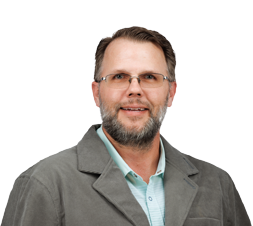
Keith Hanson
BIM Manager
What are exciting changes in structural (or civil) engineering that make buildings better? The process smoother?
Building Information Modeling (BIM) has been the most exciting change in structural engineering since I have been in the business. When I first started in this business I was drawing with a pencil, then I was drawing with digital lines, but it was always in a 2D format. Then along came BIM and the type of buildings I worked on became more complex and interesting, and if we implemented BIM properly we found that we could cut down on drafting time, construction mistakes and in the end save the project a lot of money.
What are your favorite activities outside of work? (or some other personal, interesting thing about you.)
I enjoy winter skiing, snow shoeing and hiking and really like to travel and be outdoors. I also coach our local 4H trap team and enjoy visiting skeet and trap clubs for fun shoots and teaching kids my knowledge of shooting sports how to safe with firearms.
About
Joined FTF in January 2021.
Implemented graphic and design standards at multiple firms including FTF Engineering
Education
Architectural/Engineering Technology Degree
ITT Technical Institute Phoenix, AZ 1996
Other Activities
My current hobbies are chasing my kids around to what ever sport they are involved in and if I am lucky we get to see them win a few.
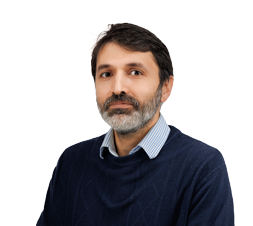
Hamid Dadjour, P.E.
Project Engineer
How do you create value for clients (owners and architects) through structural (and civil) engineering?
I engage in every project with the mindset that my design should match the high standards and quality of FTF. I do my best to fully understand the scope of a project and my client’s needs before starting. Doing so provides the most efficient and suitable solutions, which in the end saves time and money. Communication is the key to this approach, so I constantly communicate with all parties involved in the project.
What are exciting changes in structural (or civil) engineering that make buildings better? The process smoother?
Structural engineers are adopting new analysis techniques and concepts from other branches of engineering and science more rapidly than ever before. To me, one of the most exciting advancements is using cloud-based computation, which fosters more collaborative work and harnesses power in ways that enable structural engineers to efficiently design very complex structures.
About
Prior to joining FTF, served as a structural designer/field engineer working on residential and commercial buildings, hydraulic structures, and oil and gas facilities
Involved in the development of structural analysis programs
Projects: Single Family and Multifamily Residential, Soft Story Retrofits
Education
MS, Structural and Earthquake Engineering, San Francisco State University
MS, Structural Engineering, Sahand University of Technology, Iran
BS, Civil Engineering, Tabriz University, Iran
Licenses and Certifications
Civil Engineer, California
Professional Activity
SEAONC, Member
Other Activities
Hiking and camping with friends
Swimming
Playing soccer and tennis
Computer programming
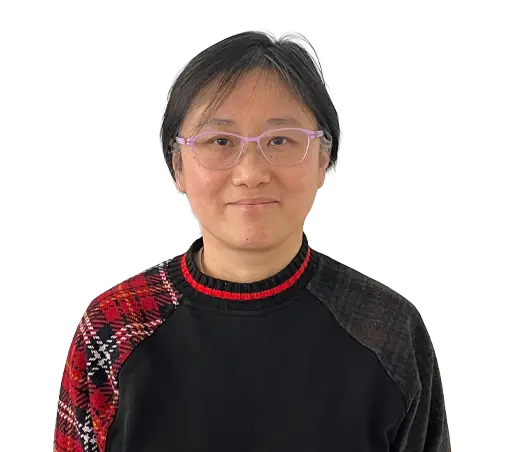
Connie Chiu, P.E.
Senior Project Engineer
What has been your most rewarding professional experience?
The most rewarding experience was using my expertise to design my own house and working with the contractor throughout the entire construction process. It was the most enjoyable time I had ever worked with any contractor.
Why did you become a structural (or civil) engineer?
It kind of runs in the family. My late uncle was an engineer who worked for Bechtel for many years. My sister and a few of my cousins are architects. I am not an artistic person, but I like to build models and things that are structured systematically. I guess this is why I am an engineer, but not an architect.
What excites you about structural (or civil) engineering?
I can see the finished product/building I have designed.
About
Joined FTF in 2025
Professional Engineer in California
Experience: Structural engineering, structural analysis, and seismic design
Projects: Residential, Commercial, Hospitality, Healthcare, Education
Education
BS, Civil Engineering Systems, University of Pennsylvania
MS, Structural Engineering, Stanford University
Licenses and Certifications
Civil Engineer, California
Professional Activity
SEAONC, Member
Other Activities
Biking, snowboarding, travelling, playing the piano, building models, playing puzzles, and windsurfing occasionally.
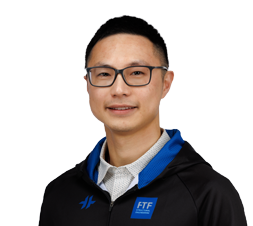
Lungyuen (Drake) Lau, P.E.
Project Engineer
Why did you become a structural (or civil) engineer? What excites you about structural (or civil) engineering? About design and construction or real estate?
Ever since I was a kid, I have been captivated by construction sites and the process of turning raw materials into safe and stable structures. I was always curious about how the workers knew how to put everything together and it was then that I discovered the role of structural engineers in the design of buildings. This realization sparked my interest in studying structural engineering, and the more I learned about it, the more I knew that I wanted to become a structural engineer. The feeling of accomplishment when a building I’ve designed is constructed and stands tall is indescribable and my passion for the field has never wavered.
How does an owner’s business mission affect how you engineer their buildings?
When it comes to designing a safe and practical building, the owner’s business mission is a critical factor that affects the building’s design, construction, sustainability, and functionality. If the business mission is centered around sustainability, then eco-friendly features and construction methods may need to be incorporated. On the other hand, if the mission is all about innovation and creativity, the building may need to include features that encourage collaboration and creativity among employees. Additionally, the building’s functionality may need to cater to the specific needs of the business, such as accommodating heavy machinery or high customer traffic. In short, understanding the owner’s business goals and priorities is crucial for engineers to design and construct buildings that align with the business’s specific needs and support its overall mission.
About
Joined FTF in 2022.
Projects: Single Family and Multifamily Residential
Earned a black belt in karate
Education
MS, Structural and Earthquake Engineering, San Francisco State University
BS, Civil Engineering, San Francisco State University
Professional Activity
SEAONC Member
Licenses & Certifications
Civil Engineer, California
Other Activities
Spend time with family and friends, tire out my pups, explore outdoors, try out new restaurants, and maybe get one or two real estate properties.
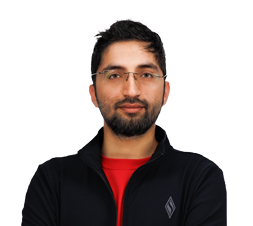
Abdul Satar Qayoumi
Designer
How can a good structural engineer make a difference?
Engineering is a career which combines science and math to create, develop, design, test and analyze solutions for society’s needs and critical problems. A good structural engineer adds life to what once was just a dream and a plan on a paper, allowing the architect’s ideas to become reality with a long-lasting impact.
Why did you become a structural engineer? What excites you about structural engineering?
When I was in high school, I always wondered about the skyscrapers, the high-rise buildings, and other structures and wondered how they are made safe and stable. In my studies I became more curious about them, and I became more and more interested in engineering. Eventually, I came to realize that engineering is not only the path for my success, but it is also fun for me.
About
Joined FTF in March 2022
Graduated first class with distinction at Gujarat Technological University
Appreciated by Afghanistan’s Ambassador to India due to having outstanding educational records
Completed 12 years of education within 9 years
Education
MS, Structural Engineering, Gujarat Technological University, India
BS, Civil Engineering, Paktia University
Other Activities
Traveling
Sports
Cooking
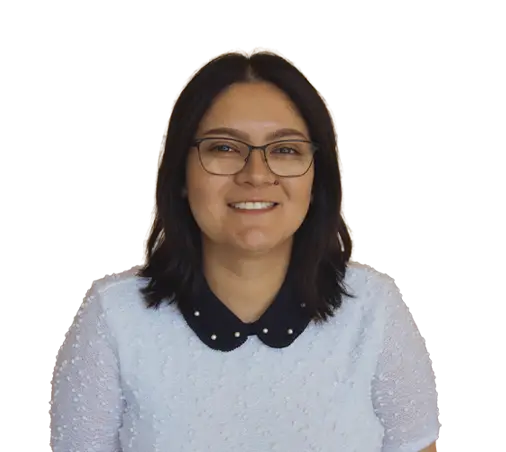
Claudia Geist
Designer
How can a good structural engineer make a difference?
A good structural engineer plays a crucial role in ensuring the public’s safety and the durability and efficiency of buildings by meeting building codes and working alongside architects, contractors, and clients. Structural Engineers find innovative solutions to integrate eco-friendly materials, contributing to sustainable development and reducing the environmental impact of buildings.
What are your favorite activities outside of work? (or some other personal, interesting thing about you.)
As a first-generation college graduate, I strongly appreciate learning and personal growth. In my free time, I enjoy reading and watching movies to unwind. Family is a priority in my life, and I cherish spending quality time with loved ones. I also maintain an active lifestyle by going to the gym with my husband and taking long walks with my puppies, combining fitness with my love for the outdoors.
About
Joined FTF San Luis Obispo Office in March 2025 as a Designer.
Membership – SEAOC
Education
B.S. Architectural Engineering, California State Polytechnic University
Mathematics – Associate in Science for Transfer, Allan Hancock College, Santa Maria
Other Activities
Soccer
Football

Elizabeth Bognar
Office / Marketing Manager
How do you create value for clients?
In our world of instant gratification, we want solutions, answers to our questions, and information right away. At FTF we are not insulated from this mindset. In my role as an office and marketing manager the most important way I create value for our clients is through clear communication and follow up. When I interact with clients, I listen to their concerns and questions first, then I ask questions from them, if necessary, to mutually find the most practical option.
Why do you like working at FTF?
Working at FTF has been rewarding both professionally and personally. When I was hired a few years ago, FTF was a one-office firm with a staff of six. Today we have fourteen engineers supported by two CAD Specialists and two administrative staff, and we have a second office in San Luis Obispo! I am proud to be part of this expansion and to work with our leadership team, who push themselves and everyone else to achieve more and educate themselves in their respective fields. They also hold the company together by creating time and space for us to get to know each other.
About
Joined FTF in 2014
Is a member of the board and tutor for the literacy program Project Second Chance
Oversees office administration and marketing
Education
BS, Business Administration, California State University, Northridge
Professional Activity
Society of Marketing Professional Services (SMPS), Member
Other Activities
Genealogy
Hiking, biking and walking
Visiting museums
